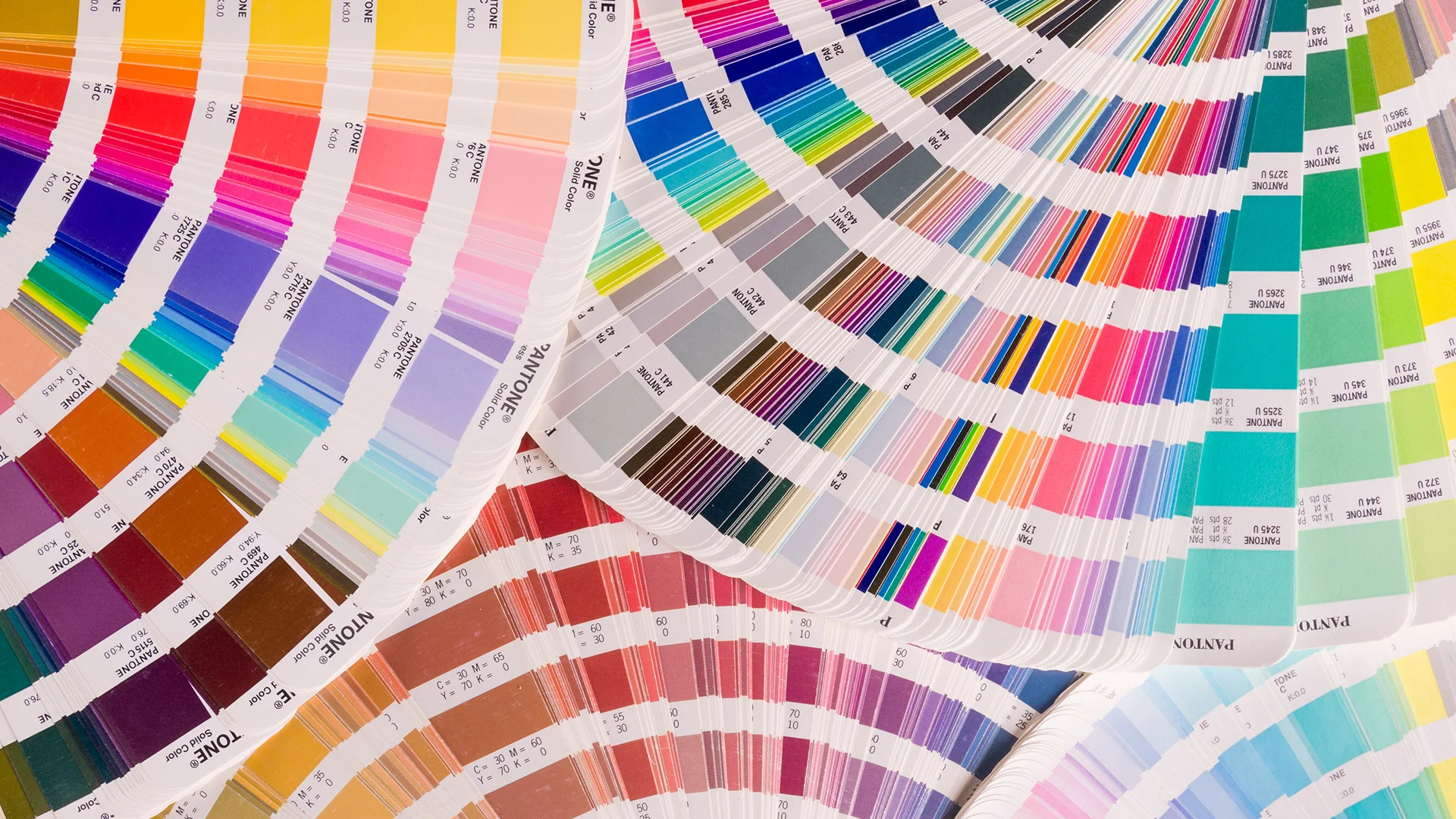
Choosing the Optimal Color Format for Your Design Projects
Color is not just a visual element; it is a fundamental component of design that shapes aesthetics and profoundly influences user experiences across various mediums. Whether crafting designs for print, digital interfaces, or web platforms, selecting the appropriate color format is crucial to creating a compelling visual impact.
This article delves into the intricacies of key color formats—RGB, CMYK, HEX, HSL, and HSV—highlighting their attributes, potential drawbacks, and best use cases. By mastering these formats, designers can leverage color effectively, ensuring coherence, vibrancy, and resonance in their creative work.
Understanding the Core Color Formats
RGB (Red, Green, Blue)
RGB is an additive color model used primarily in digital displays such as monitors, televisions, and cameras. In this model, colors are created by combining varying intensities of red, green, and blue light. The RGB spectrum is broad and vibrant, making it ideal for digital designs where brightness and clarity are paramount.
Advantages of RGB
- Vivid Color Reproduction: RGB can produce a wide range of bright, vibrant colors by mixing its three primary colors in varying intensities. This makes it indispensable for digital displays where visual impact is key.
- Versatility: RGB is versatile, allowing designers to create dynamic visuals that pop on screens, making it a preferred choice for digital content such as websites, apps, and online graphics.
Disadvantages of RGB
- Limited Application in Print: RGB’s color gamut doesn’t directly translate to CMYK, the color model used in printing. As a result, colors that appear vibrant on a monitor might look different when printed, often necessitating adjustments.
- Device Dependency: RGB’s reliance on device calibration means colors can vary across different screens, posing challenges for consistent visual experiences.
Best Use Cases for RGB: RGB is best suited for digital content creation, including web design, mobile apps, and video production. Its ability to produce vivid colors makes it ideal for any project where the end result will be viewed on a screen.
CMYK (Cyan, Magenta, Yellow, Key/Black)
CMYK is a subtractive color model used primarily in printing. In this model, colors are created by subtracting varying amounts of cyan, magenta, yellow, and black inks from a white background. This process is based on light absorption rather than emission, making CMYK the standard for printed materials.
Advantages of CMYK
- Accurate Color Reproduction: CMYK excels in producing accurate color outputs on printed materials, ensuring that colors appear as intended on paper. This predictability across different print runs ensures consistent visual quality.
- Wide Range of Tones: CMYK can recreate a wide spectrum of colors, from vibrant hues to subtle tones, essential for achieving fidelity in printed designs.
Disadvantages of CMYK
- Less Vibrant on Screens: CMYK’s color gamut is more limited than RGB, resulting in less vibrant colors when viewed on digital screens.
- Color Matching Challenges: Achieving precise color matches can be challenging in CMYK, requiring meticulous color management to account for variations in printing equipment and materials.
Best Use Cases for CMYK: CMYK is the go-to color model for print media, including brochures, posters, business cards, and packaging. It’s essential for any project where the final output is physical, ensuring colors are reproduced accurately.
HEX (Hexadecimal)
HEX is a color format commonly used in web design and digital media. It represents colors as six hexadecimal digits (#RRGGBB), with each pair of digits specifying the intensity of red, green, and blue, respectively. HEX codes are concise and widely supported across different browsers and design tools.
Advantages of HEX
- Simplicity and Universality: HEX codes are easy to use and ensure consistency across different platforms and browsers, making them ideal for web and digital design projects.
- Compact Format: The six-digit format is efficient for color management, allowing quick integration into web development workflows.
Disadvantages of HEX
- Limited Manipulation: HEX codes don’t provide direct control over aspects like opacity or color intensity, limiting flexibility in design.
- Digital-Only: HEX is primarily designed for digital displays and lacks compatibility with print workflows that rely on CMYK for accurate color reproduction.
Best Use Cases for HEX: HEX is essential for web design, digital graphics, and UI elements where consistent color representation across devices and platforms is critical. It’s particularly useful for projects requiring cross-platform consistency, such as websites and online applications.
HSL (Hue, Saturation, Lightness) and HSV (Hue, Saturation, Value)
HSL and HSV are alternative color models that offer different ways to manipulate and describe colors compared to RGB and CMYK. These models are particularly useful for digital design and creative workflows.
Advantages of HSL
- Intuitive Controls: HSL offers intuitive controls for adjusting hue, saturation, and lightness, providing designers with precise tools for color manipulation.
- Natural Color Representation: HSL facilitates nuanced adjustments that mimic human perception of color, enhancing design flexibility.
Advantages of HSV
- Brightness Control: HSV provides a straightforward method for controlling color brightness using the value parameter, making it ideal for adjusting light and dark shades in design projects.
- Creative Exploration: HSV enhances workflow efficiency and creative exploration by simplifying brightness adjustments, ensuring accurate color variations in digital artwork.
Best Use Cases for HSL and HSV: HSL and HSV are ideal for digital design, particularly when precise color manipulation is required. They’re often used in graphic design, user interface design, and any project where creative color adjustments are essential.
Choosing the Best Color Format
When selecting a color format for your design project, consider the following factors:
- Medium: Determine whether your design will be displayed digitally or printed.
- Color Accuracy: Assess how accurately colors need to be represented across different mediums.
- Flexibility: Consider the level of control and adjustment you require over colors.
- Compatibility: Ensure compatibility with the tools, platforms, and outputs you’re using.
Conclusion
Choosing the right color format is crucial for achieving the desired visual impact in your design work. Each color format—RGB, CMYK, HEX, HSL, and HSV—offers unique advantages and is suited to different applications.
By understanding the strengths and limitations of each, you can make informed decisions that enhance the overall effectiveness and aesthetic appeal of your designs.
Whether you’re creating digital graphics, preparing artwork for print, or designing for the web, you may need to find out exact color code for the same shade on different platforms such as social media, web, app or even email signature, rgb-hex.com is reliable conversion source.



